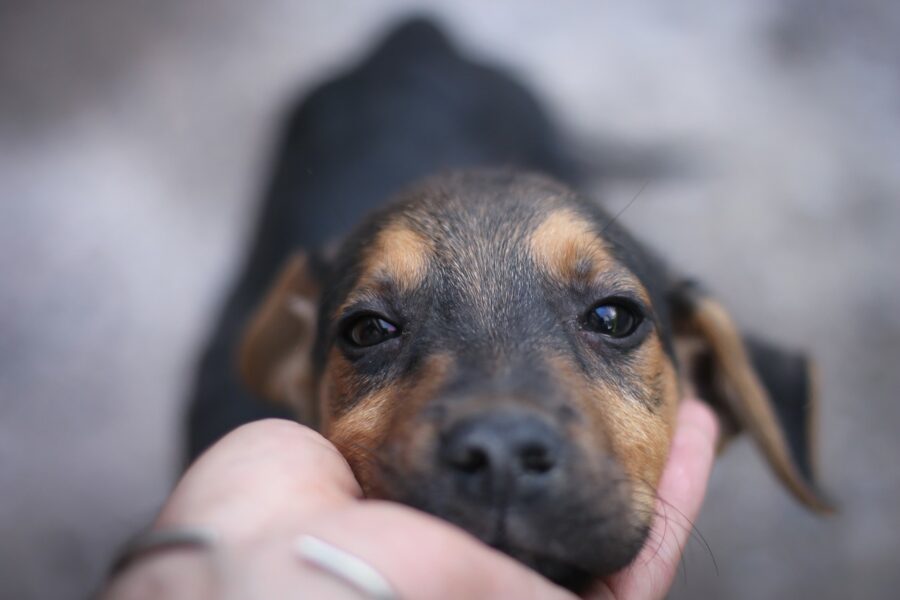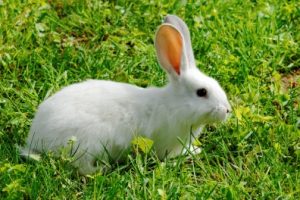Do you pat or scratch your furry companion as a reward? Are you certain your pet enjoys the pat or scratch? Is there a way to check?
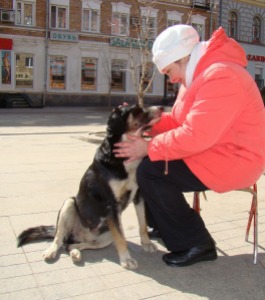 Well the good news is we can check and it is quick and easy once you know what to look for. Before I let you in on the secret, please do not feel bad if your dog (or other animal) does not currently like or want to be petted. This can be changed. See the bottom of the post for more information.
Well the good news is we can check and it is quick and easy once you know what to look for. Before I let you in on the secret, please do not feel bad if your dog (or other animal) does not currently like or want to be petted. This can be changed. See the bottom of the post for more information.
As a general rule an animal that is enjoying the pat or scratch will have a relaxed body and lean into the touch. If an animal moves away, even just a little bit, or is tense it usually means they are not enjoying it.
Read on for more information and step by step instructions using a dog as an example.
Try this…
unless you don’t feel safe doing it or already know that your dog does not like to be touched.
Step 1
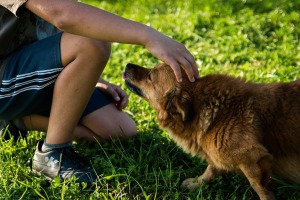 Move your hand towards your dog as if you are going to pet your dog. Most people will try to pet a dog on the top of the head. If you normally do this try it now and watch your dog closely. What does your dog do? Watch carefully, this is how your dog says ‘that’s nice’ or ‘not like that’.
Move your hand towards your dog as if you are going to pet your dog. Most people will try to pet a dog on the top of the head. If you normally do this try it now and watch your dog closely. What does your dog do? Watch carefully, this is how your dog says ‘that’s nice’ or ‘not like that’.
Based on the table below what do you think the dog in the photo above is saying?
| ‘Not like that’ | ‘That’s nice’ |
| Move or lean away | Move or lean closer |
| Lower their head away from your hand | Lift their head towards your hand |
| Lick their lips | Squint their eyes |
| Turn their head away from your hand | Turn their head towards your hand |
| Freeze their whole body | Wriggle with a relaxed body and wagging tail |
If your dog says ‘that’s nice’ spend some time petting your canine companion. If your dog says ‘not like that’ then remove your hand and invite your dog to join you in a favourite game or walk.
Step 2
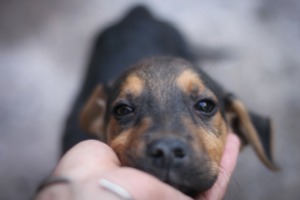 Try this again but move your hand towards a different part of your dog’s body (perhaps try moving your hand as if to give your dog a little scratch under the chin). Watch your dog again.
Try this again but move your hand towards a different part of your dog’s body (perhaps try moving your hand as if to give your dog a little scratch under the chin). Watch your dog again.
Did your dog say ‘not like that’ or ‘that’s nice’?
Step 3
Our focussed attention can be unsettling for some dogs. After watching your dog closely have a break and do something you know your dog enjoys, like a treat or a favourite game.
Step 4
Try this approach at different times and places on your dog’s body. Be aware and watch your dog anytime you or someone else interacts with him/her.
Why is this important?
- Well if you are using touch as a reward for doing something good then it is really important that the animal actually enjoys the touch. If it is not enjoying it then the touch is not a reward. See this post for more information.
- If the animal does not like to be touched then it could cause problems immediately or in the future. These problems could result in the animal hurting someone or the touch could result in stress, anxiety or fear in the animal. See this related post.
- In my opinion touching an animal is a privilege and the animal should be given a choice wherever possible.
What should I do if my pet does not like to be touched?
Sometimes a session with a good trainer is all you need. It may be as simple as changing your body language or approach to the animal. Other times a process of counter conditioning (essentially classical conditioning) and desensitisation may be needed. Don’t worry about the big words, a good trainer will know what they are and how to use them correctly.
Previously published by myself on Minding Animal Minds

